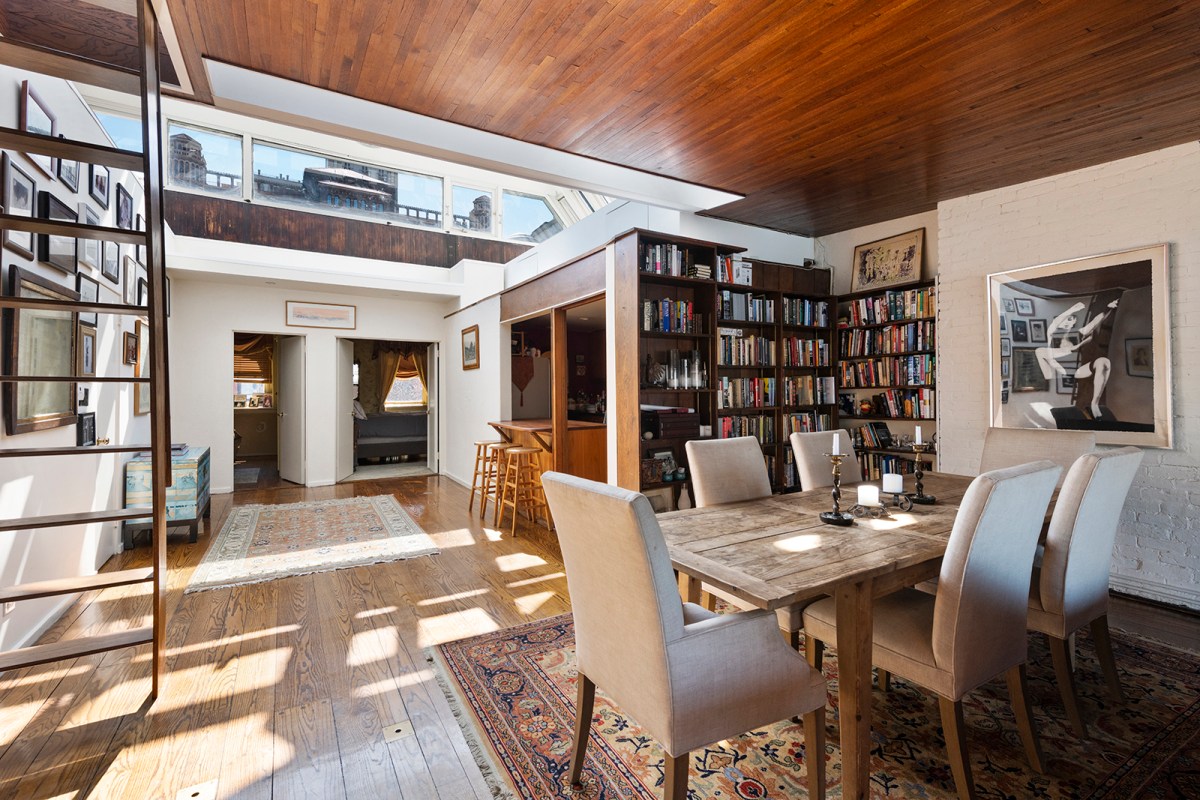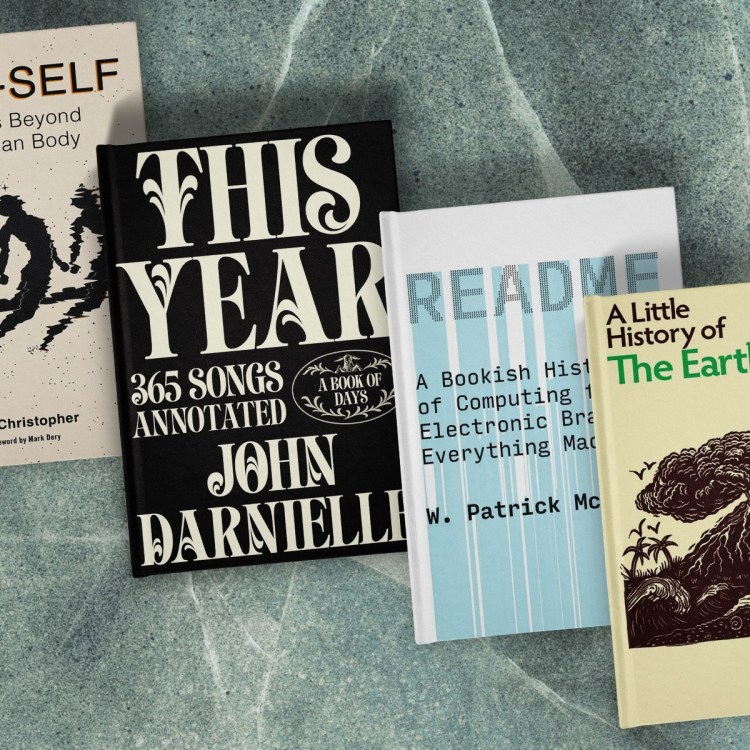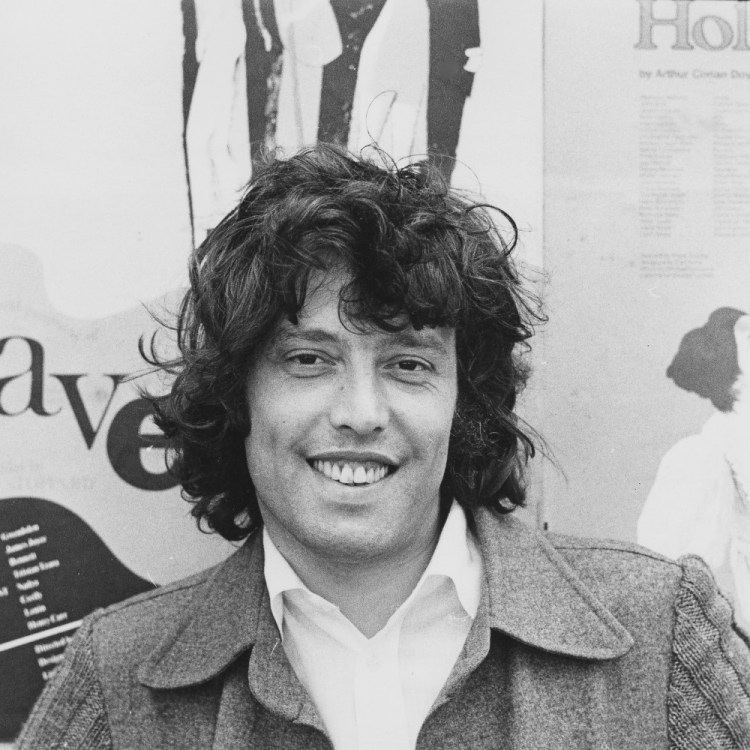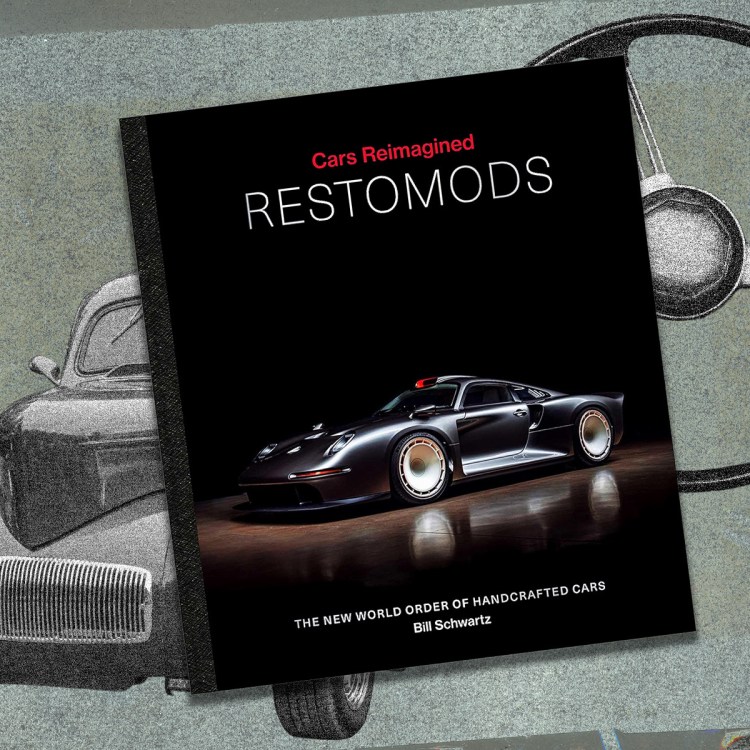Westport, Connecticut is a quiet commuter town right off the Metro North. There’s no crime and no potholes a Range Rover can’t handle. There are large public beaches and a private golf course where you can go sledding down the small green hills when they’re covered by snow in the winter. There are great schools, and even a decent bagel shop where you might run into James Comey grabbing a morning coffee. And although the Remarkable Book Shop, housed in a quaint, bright pink building with uneven floors, was converted into a Talbots, there’s a long-standing literary history to the town that I grew up in.
Michael Bolton and Martha Stewart were the stars who lived there when I was a kid, but long before that, Shirley Jackson once lived there, and so did Robert Ludlum. It’s name-checked in the very first line of Sloan Wilson’s Mad Men-inspiring The Man in the Gray Flannel Suit. For the film adaptation of John Cheever’s “The Swimmer,” they filmed Burt Lancaster drunkenly pool-hopping across town as he swam his way home to the film’s sobering end.
People know about all that. What tends to fly under the radar, however, is my hometown’s connection to Zelda and F. Scott Fitzgerald.
The Fitzgeralds only lived in Westport for a few months in the summer of 1920, but there’s a plaque on the sidewalk outside the house to commemorate that short period of history. And although there isn’t any doubt that the Fitzgerald’s lived and partied in town — apparently Zelda crashed a car into a fire hydrant on Main Street — there is debate (and a new documentary) about the town’s relationship to The Great Gatsby, the American novel that will celebrate its 95th anniversary next year.
The Fitzgeralds rented a charming two-story cottage that had been built by a farmer in mid-18th century. While it gave the couple plenty of space, it was modest and even miniscule if you compared it to their neighbor’s sprawling estate. Across the street lived F. E. Lewis, a mysterious and spectacularly wealthy man who threw wild parties that were attended by the likes of Babe Ruth and Harry Houdini. If the Fitzgeralds couldn’t hear the Champagne corks popping, they certainly would have been drawn to the mansion by the live music playing in Lewis’ private bandshell. Some of that Jazz Age grandeur has led some to speculate that Lewis was Fitzgerald’s inspiration for the fabulous Gatsby, and that Westport, not Long Island, as many have long believed, was the setting that inspired the novel.
The old Fitzgerald cottage was put on the market in 2015 for $2.8 million and is privately owned, but the town acquired Lewis’ “Gatsby” property. It’s now a golf course and wedding venue, where you can sit by the marina and stare at any number of green lights on the docks of the Gold Coast and pine for the unattainable.
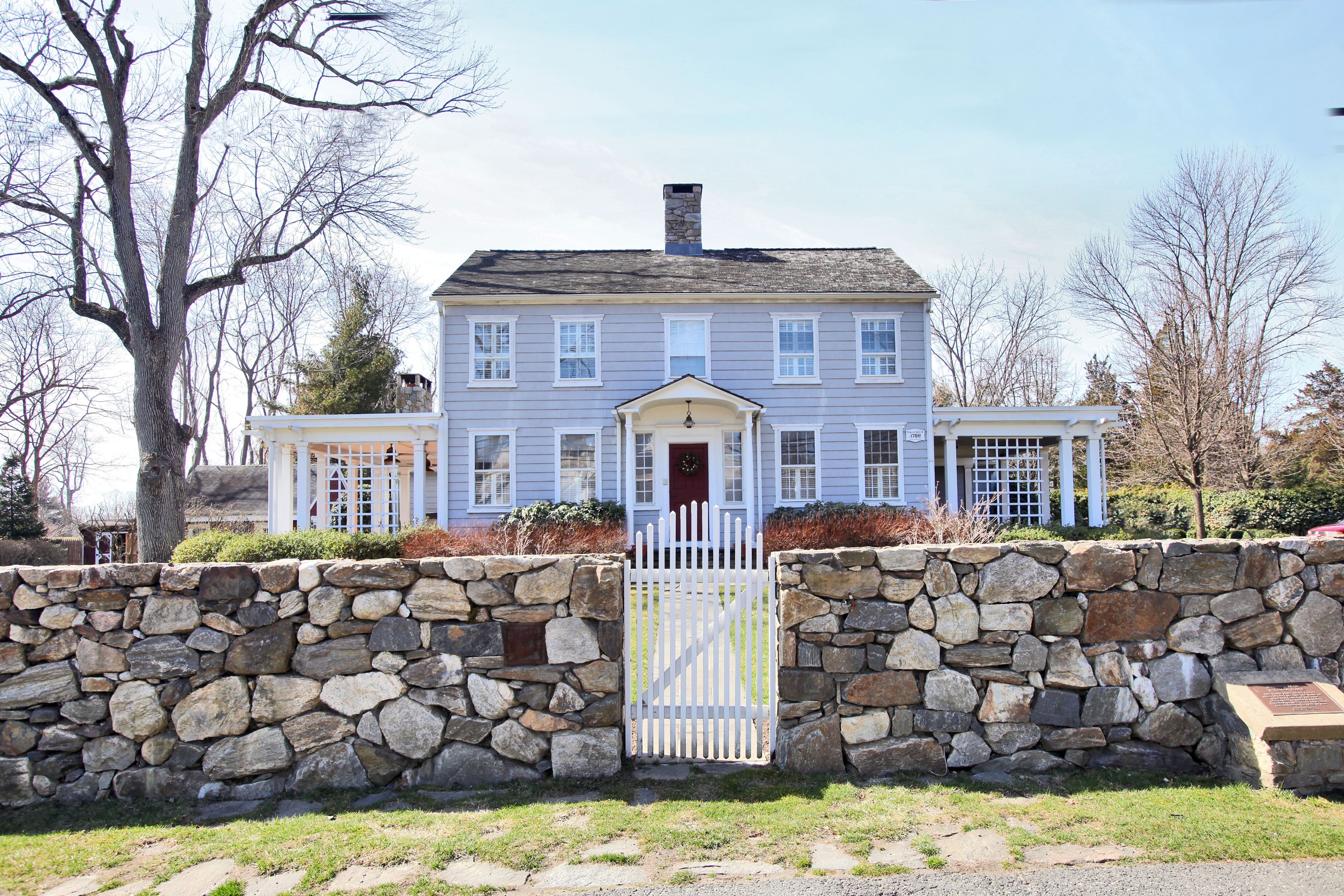
What does it take to own a property once occupied by a literary legend like the one the Fitzgeralds spent a small, but possibly important amount of time in? An attachment to any historic legacy can certainly inflate a property value, especially if that home is located in a tony suburb or fancy neighborhood. In Brooklyn, Norman Mailer’s old nautically-themed apartment recently sold for $2,000,000. The sale came after serious renovations to the atrium and the removal of a system of gangplanks that Mailer installed to help him confront his fear of heights. While its Brooklyn Heights neighborhood is desirable on its own, the real estate listing focused heavily on the literary heavyweight who once resided and wrote there, calling the space “iconic, like its creator.”
Patrick Lilly a Lic. Assoc. RE Broker with CORE (here he is confronting his own fear of heights in Mailer’s apartment), tells InsideHook that the Mailer connection may have affected the listing price by as much as 15 percent and the final price by 10 percent. And the history helped capture some free publicity in the press, too.
“The more press you get the more showings you get,” Lilly says. “The people that were coming in were either lookie-loos that just wanted to see Norman Mailer’s home, or they were serious buyers that…also liked the fact that he and his family lived there.”
Brooklyn was also a naturally receptive market for the property, too. New York City “is the literary capital of at least North America,” Lilly said. “I can’t tell you the number of people that had some connection to the literary world that looked at or bid on the apartment.”
Lilly believes that if Mailer’s apartment was located in a different area, one without a strong connection to the publishing community, it might not have fared as well. “I believe a house with a movie star history is more valuable in Beverly Hills,” he speculates, adding that, “buying Marilyn Monroe’s home in Los Angeles seems more valuable than buying her apartment — if she ever had one — in New York.”
The new owners were indeed fans of Mailer, and decided to preserve some of his old, “inexpensively crafted” bookcases. So, for a closing gift, Lilly headed to The Strand.
“It was like two full big shopping bags of Norman Mailer books,” he says. “I bought them every book and a bottle of Scotch — I just imagined he drank scotch, I don’t know. That made my buyers so happy. Because that’s one of the reasons they were buying the home.”
And Mailer wasn’t the only legendary writer to live in the neighborhood; Truman Capote, Carson McCullers, Arthur Miller, Betty Smith, Thomas Wolfe and Richard Wright were among the many authors who lived nearby at some point — and some lived under the same roof.
Across the East River, Maya Angelou’s Harlem brownstone recently sold for $4 million. The lauded poet purchased it sight unseen for $435,000 in 2002. After extensively renovating the property, Angelou decorated it in summer colors of bright greens and reds and yellows. and displayed a birdcage in the parlor in honor of her famous autobiography, I Know Why the Caged Bird Sings. Her home in Winston-Salem, N.C., on the other hand, sold for $400,000 in 2016, well under the asking-price, which may support Lilly’s theory about selling a literary property in a naturally receptive market. The big yellow modernist home has six bedrooms and sits on a “1.22 acre site in one of Winston’s prettiest neighborhoods,” according to the listing. A steal if you’re looking to live in Winston-Salem.
As the home of many writers and the bulk of publishing in the U.S., New York City is as lousy with writers as it is with expensive real estate. But there are lavish homes with literary histories all over the country. About 30 miles north of Chicago, the affluent suburb of Lake Forest has a separate claim to The Great Gatsby.
Designed by the architect Howard Van Doren Shaw at the turn of the 20th century, the Kingdom Come Farm was once a 50-acre estate where a wealthy stockbroker lived in a mansion with his daughter, Ginevra King. She and F. Scott Fitzgerald began dating as teenagers, but, like most teen romances, the relationship didn’t last. Ginevra broke Fitzgerald’s heart by marrying the son a Chicago banker. Many believe she inspired Gatsby’s Daisy Buchanan as well as a number of Fitzgerald’s other characters.
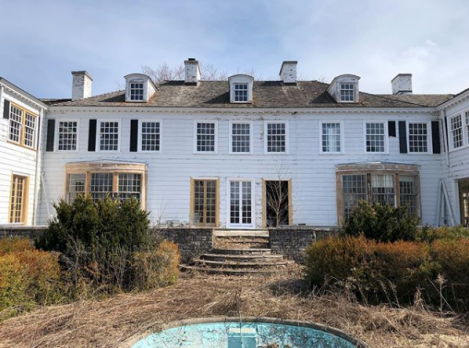
The King estate was recently acquired for $9 million, with a plan to build dozens of homes on the property. The old mansion has been spared, however, and was purchased for $685,000 in 2018 by Jeanette and Danny Hodgkinson, the founders of Belle Design, a design and remodeling company. However, they weren’t originally looking to own a piece of literary history, and the listing didn’t make any reference to Fitzgerald.
“It was only after we became seriously interested in the property, did we discover the immense history,” Jeanette Hodgkinson says. Danny Hodgkinson recalled reading The Great Gatsby as a student at Lake Forest High School, “but the local connection was never talked about,” he says.
Once they learned of the legacy, both the house and The Great Gatsby took on new significance.
“Knowing the history of the home, it makes the book so much more alive,” Jeanette says. “There are references to the parties and the grounds in the book that it is clear are from Fitzgerald’s time at the home.”
With their renovation, the Hodgkinsons aim to bring the house’s literary history back to life. “Our plans for the property are to fully restore the home, with the original owner’s, Charles King, vision at heart,” she says. “We will be honoring the Gatsby connection with high end and glam finishes.”
However, not every literary shrine is treated the same.
Some writers’ homes have been converted into museums and other institutions. You can visit Andalusia, the Georgia farm where Flannery O’Connor lived and wrote for 13 years. The house where Katherine Anne Porter was born is now a literary center operated by Texas State University. And you can get married at The Mount in Lenox, MA., the luxurious estate Edith Wharton designed and where she later wrote some of her most famous novels. (The American Writers Museum has partnerships with similar institutions around the country.) But unless they’ve been given landmark status or have been purchased by an individual who cares about preserving history, literary homes are often in jeopardy. For instance, while The Mount is safe, but Wharton’s childhood home in Manhattan is now a Starbucks.
On the West Coast, Ray Bradbury’s yellow traditional in Los Angeles sold for just over $1.75 million. The home where the wildly-inventive Bradbury lived and wrote for 50 years was “not just un-extraordinary but unusually banal,” according to the architect who bought the home and subsequently tore it down. In its place is now a futuristic, energy-efficient house that Bradbury actually might have appreciated — or may have predicted in one of his stories.
There are some happy endings, however. Just a ten-minute walk from Maya Angelou’s old brownstone awaits the former residence of Langston Hughes. Although that property is privately owned (it was recently listed for $1 million), it’s now open to the public. That’s thanks to a successful campaign run by the I, Too Arts Collective, a nonprofit that leased the building to preserve Hughes’ legacy and support young, emerging writers — although, thanks to rampant gentrification, who knows where those writers will live.
This article appeared in an InsideHook newsletter. Sign up for free to get more on travel, wellness, style, drinking, and culture.
